Leading market players invested heavily in research and Development (R&D) to scale up their manufacturing units and develop technologically advanced solutions, which will help the Molecular Modelling Market grow worldwide. Market participants are also undertaking various organic or inorganic strategic approaches to strengthen and expand their footprint, with significant market developments including new product portfolios, contractual deals, mergers and acquisitions, capital expenditure, higher investments, and strategic alliances with other organizations. Businesses are also coming up with marketing strategies such as digital marketing, social media influencing, and content marketing to increase their scope of profit earnings.
The Molecular Modelling industry must offer cost-effective and sustainable options to survive in a highly fragmented and dynamic market climate.
Manufacturing locally to minimize operational expenses and offer aftermarket services to customers is one of the critical business strategies organizations use in the Molecular Modelling industry to benefit customers and capture untapped market share and revenue. The Molecular Modelling industry has recently offered significant advantages to the Life Sciences industry. Moreover, more industry participants are utilizing and adopting cutting-edge Technology has grown substantially.
Major players in the Molecular Modelling Market, including Cresset Acellera Ltd, Schrodinger LLC (Germany), Optibrium (United Kingdom), Biosolve-IT (Germany), Simulations Plus Inc (USA), Chemical computing group (Canada), Centera LP, OpenEye Scientific Software (USA), Dassault Systems (USA), and Cambridge Crystallographic Data Centre (United Kingdom), are attempting to expand market share and demand by investing in R&D operations to produce sustainable and affordable solutions.
Cadence is a key innovator in electrical system development, with over 30 years of software development experience. SDA Technologies and ECAD, Inc. merged to form it in 1988, headquartered in San Jose, California. It is a renowned EDA and Smart System Design company offering software, hardware, and intellectual property (IP) for electrical design. Cadence Design Systems purchased OpenEye Scientific Software in July 2022 to capitalize on Cadence's analytical software competencies in molecular modeling and prediction.
PerkinElmer, Inc. provides testing, nourishment, ecological, life sciences, and industrial sectors with goods, services, and solutions. Richard S. Perkins & Charles Elmer formed the corporation on April 19, 1937, and it has its headquarters in Waltham, Massachusetts. It works in two divisions Discovery and Analytic Solutions and Diagnostics. It manufactured analytical equipment, genetic screening and diagnostic devices, imaging equipment parts, software, and supplies for various end markets. PerkinElmer released ChemDraw V21 technology in March 2022, allowing academics to quickly develop scientifically sophisticated MS PowerPoint presentations with a single click.
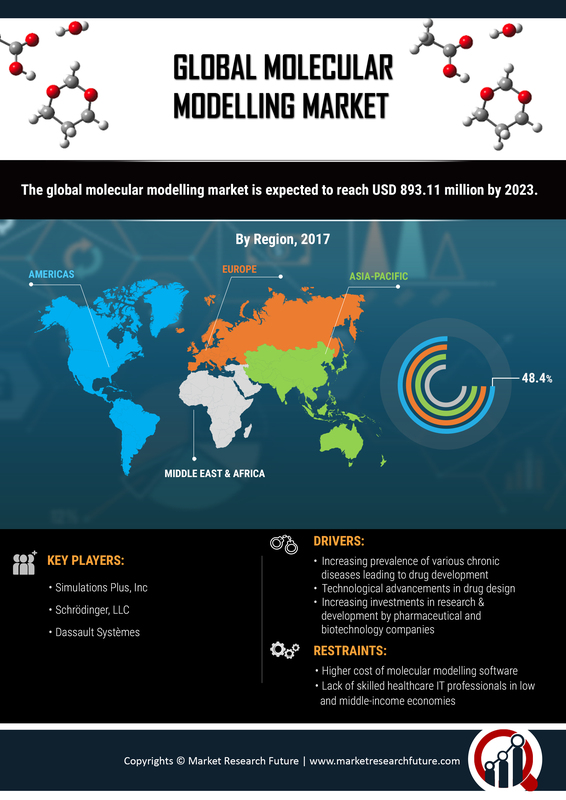

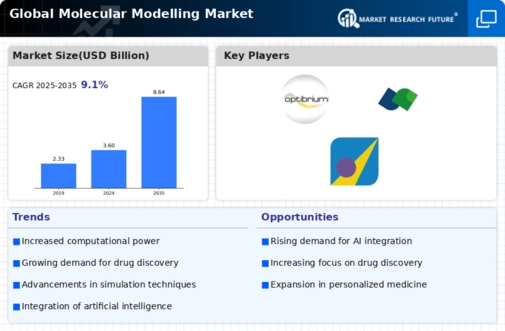
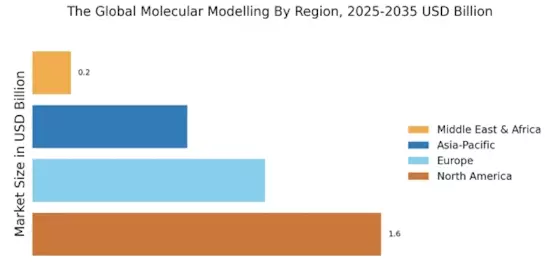
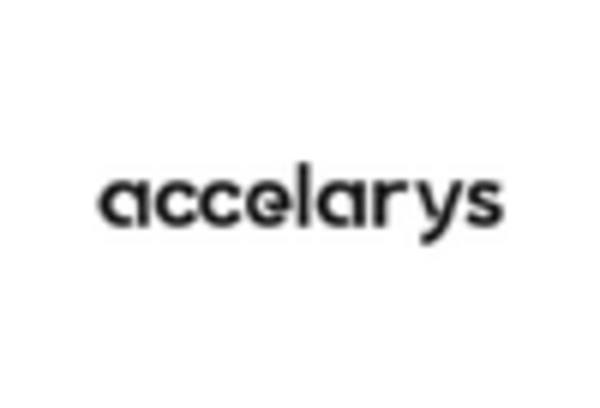
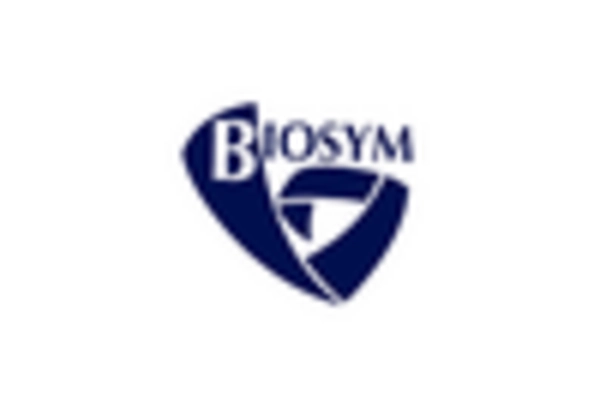
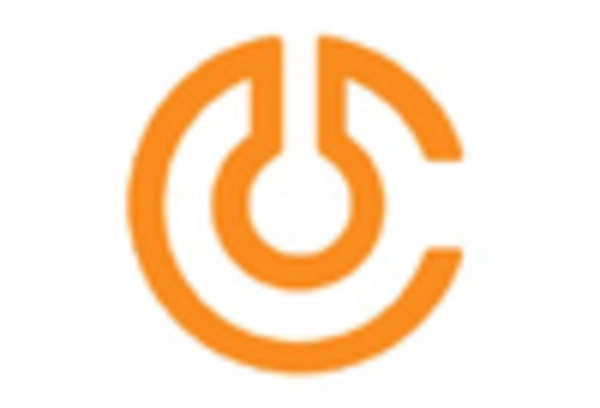
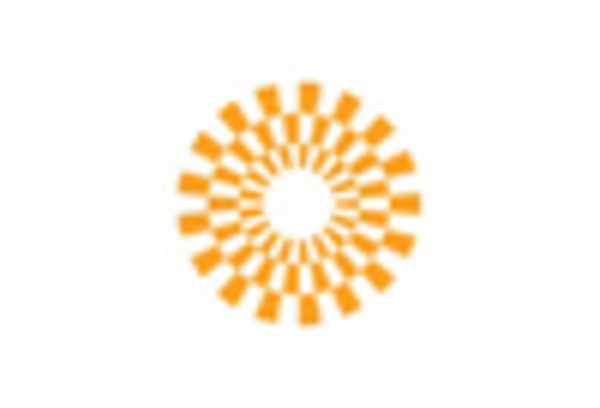
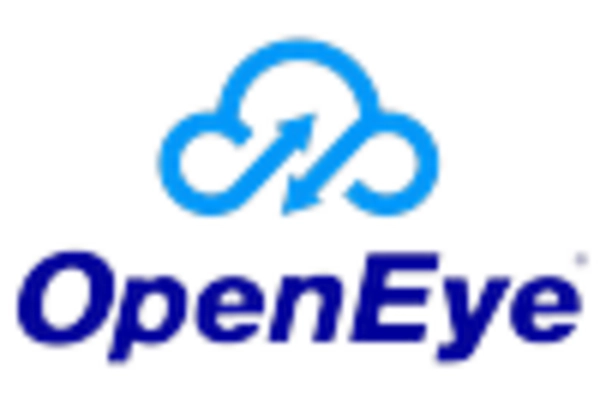









Leave a Comment